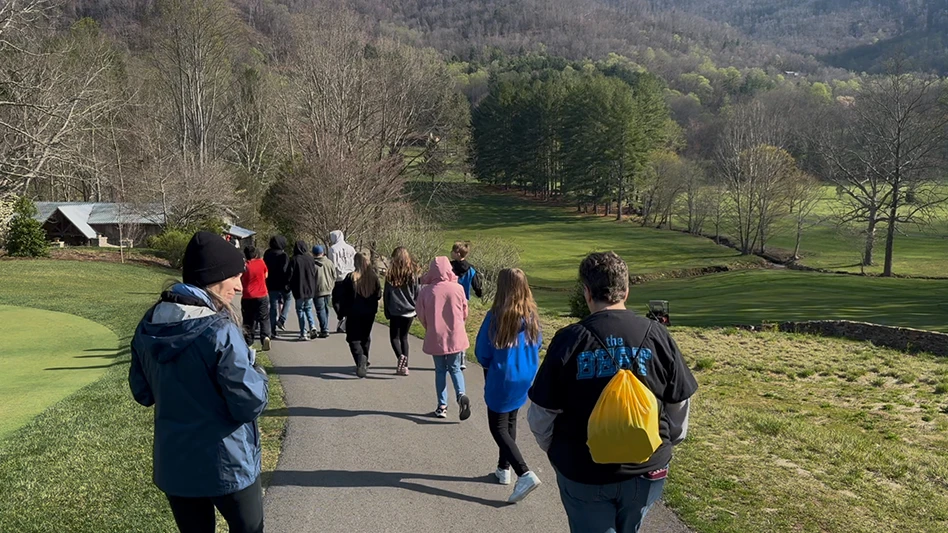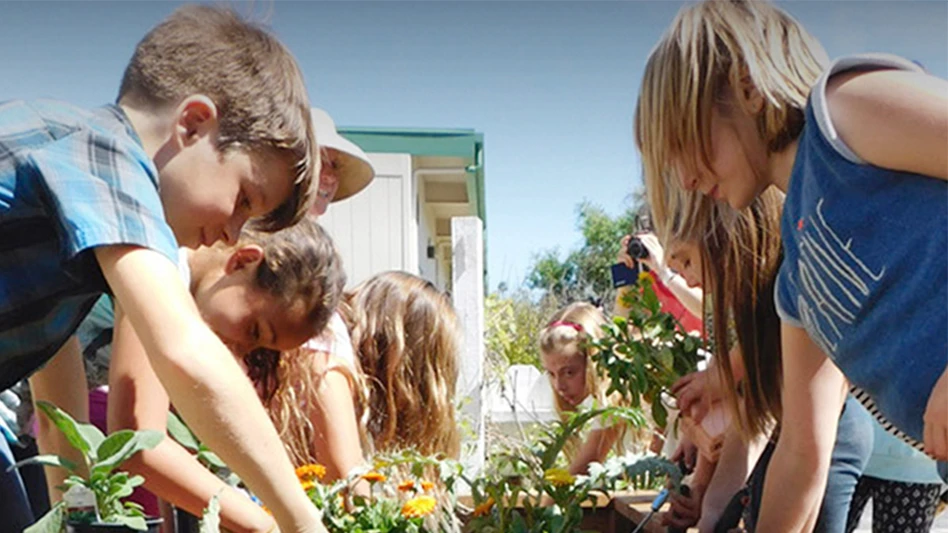_fmt.jpg)
Within the lifetimes of most golf course superintendents working today, the disease Bermudagrass decline was relegated to parts of Florida and other Gulf states, where thunderstorms rumble through seemingly more summer afternoons than not and spark peak humidity. Over time, the disease shifted, migrated and received a new name. What was once Bermudagrass decline developed into the far more ominously named take-all root rot.
“This happens in diseases,” says Dr. Jim Kerns, an associate professor in the Department of Entomology and Plant Pathology at NC State University, “You get a name change and then it becomes, for lack of a better term ‘sexy’ again and scary, so people get alarmed with it. Take-all root rot is nothing new. It’s been around a long time. It’s just that people forget that when we change grasses in this industry, you can select for new pathogens or a new symptomology of an existing disease as the industry evolves and changes.”
The migration north and west out of the Sunshine State occurred in concert with so many courses transitioning to ultradwarf Bermudagrasses, Kerns says, adding that, “It’s just becoming more prevalent because we’re planting more Bermudagrass putting greens in areas of the country that we never used to.” Because of that, it developed into more of a problem about a dozen years ago, and today, “It is, in our lab, by far the biggest disease issue we see in ultradwarf Bermudagrasses,” Kerns adds.
Early visual symptoms of take-all root rot include thinner turf strands and chlorotic patches, along with patches of diseased warm-season turf, which can lead to infected root systems that rot to brown or black. Kerns says researchers are “... getting a much better handle on it, and I think we already have pretty good management strategies for it, where it’s not as detrimental as it was four, five years ago.” But if your turf is warm-season, what can you do to prevent the disease?
Different studies have yielded different results, but more recent research indicated that earlier applications are more effective. Kerns worked on one study last fall in which a variety of products, including Maxtima fungicide from BASF, were applied Aug. 28 and provided “fantastic control.” Applying the same products one month later didn’t provide the same control until January. The driving theory in that study posited that superintendents should target soil temperatures around 80 degrees rather than 70 degrees.
“What’s nice about this disease,” Kerns says, “is if you do miss August, you still get control — it just takes a while because Bermudagrass growth is slowing at that time. We’ve made it our mission to try to get people to start thinking about applications in July and August to really combat this disease.”

Superintendents should dive into their soil pH too, because take-all root rot tends be more severe when that number ticks above 7 — and even more severe when there is also a high water pH. “There’s not much you can do in a lot of cases about that,” Kerns says, “but be cognizant that it may take an extra application than maybe your friend who has a pH around 6.” Supplemental manganese has also proved effective, Kerns says, referencing the research of Dr. Phil F. Harmon at the University of Florida.
Perhaps the easiest solution for effective applications that yield weeks of control at a time is to remember to irrigate. “I cannot stress enough that the organism is attacking the stolons and rhizomes in the primary roots that are a quarter-inch to a half-inch deep below the canopy,” Kerns says. “So, if you don’t irrigate in with an eighth of an inch of water immediately after application, you won’t be able to get the fungicide to where it needs to be.”
And how often do superintendents not irrigate those fungicides? “It’s more than I’d like to admit, still about 20 to 30 percent of the people I talk to, but it’s getting better and better,” Kerns says. Even just a handful of years ago, the figure was “way higher.”
“Watering in fungicides, we never used to do that, so it is changing,” Kerns says. “I don’t think superintendents are doing it maliciously or just saying no. They put out a fungicide on a certain date and not considering a target, if that makes sense. What I advocate is when you develop your program, always know what your target is so you know whether to water it in.”
Kerns doesn’t want to trivialize take-all root rot, “because someone reading this could be struggling with it,” he says, but he stresses that recent research and support from chemical companies has helped to keep it from becoming as devastating as Pythium root rot or nematodes. Spot the visual symptoms, know your soil pH, target the proper soil temp and remember to irrigate in your fungicide and odds are good your course will still have putting greens rather than putting blacks.
Keep up on the latest research too, because, as Kerns says, “One of the things that makes this disease a mystery is that we still really haven’t figured out the cause of it yet. We’re close, but there’s still more to be done.”


Explore the March 2020 Issue
Check out more from this issue and find your next story to read.
Latest from Golf Course Industry
- The Aquatrols Company hires marketing manager
- Renovating Bredemus in West Texas
- Renovation starts at Okatie Creek GC at Sun City Hilton Head
- The Fittest Podcast in Turf: Episode 1
- New 6-hole course debuts in Oklahoma
- GCSAA announces Grassroots Ambassador Leadership Award recipients
- Reel Turf Techs: David Gummo
- PBI-Gordon promotes two to executive level





